
Maintenance Services Electrical - News & Information


Farm building conversions
24/09/20
This month the MSE team has been installing an electrical feed for an agricultural building that is being divided into four units. Each unit will be metered separately, ready for them to be rented by other businesses.
Many farms are now changing the use of some of their buildings to provide a more flexible income.
Making the most of farm buildings
Agricultural buildings can be changed to flexible commercial use such as retail units, a restaurant or café, offices, commercial storage or distribution use, a hotel, or leisure uses such as concert halls or gyms, providing the conversion is 500 square metres or less.
However, these buildings must have been in agricultural use since July 2012 and must not be listed or part of a scheduled ancient monument, safety hazard area or military explosives storage area.
There have recently been changes to planning rules that will make it easier for farmers to convert their agricultural buildings into homes. In part this change is due to the growing need for housing in rural areas. Permitted development of new agricultural buildings has also been more than doubled to 1,000 square metres.
We’ll be happy to discuss safe electrical installations for any agricultural buildings you are planning to construct or would like to use for new purposes, so

Why an EICR is important
17/09/20
Here’s an example of what happens when a consumer unit burns out. This one was discovered in a local village this month.
Luckily someone was at home and equipped with powder fire extinguishers to put the fire out.
This is just one of the reasons a regular Electrical Installation Condition Report (EICR) is important.
What is an EICR?
An EICR is provided after inspection and testing to check the safety of fixed wiring in a property.
Landlords must now make sure their properties are inspected at least every five years or when tenancies change.
Homebuyers will often have an EICR for peace of mind. However, electrical wiring and installations can become damaged through normal day-to-day use. It’s a good idea to make regular visual checks and, if you have been living in your home for 10 years or more, it’s worth bringing in a qualified professional to carry out an inspection and provide an EICR. It’s a good idea to make regular visual checks and, if you have been living in your home for 10 years or more, it’s worth bringing in a qualified professional to carry out an inspection and provide an EICR. It’s a good idea to make regular visual checks and, if you have been living in your home for 10 years or more, it’s worth bringing in a qualified professional to carry out an inspection and provide an EICR
Look out for signs of old electrics in your home
In many parts of your property you won’t be able to see the electrical cables. Most of your cables will be inside your walls and your consumer unit is often in a cupboard or high up, where it’s difficult to see.
Many electrical fires in the home are caused by faulty and old wiring so regularly checking the condition of the visible cables, switches and sockets is important.
Some things can be easily seen that will tell you that an inspection of the electrics in your home is needed. Look for signs that your wiring and installations are old, such as:
fixed cables coated in black rubber, lead or fabric
a fuse box with a wooden back, cast iron switches, or a mixture of fuse boxes
round pin electrical sockets
ceiling fixtures with braided flex
brown or black switches
electrical sockets mounted on skirting boards rather than set into the wall.
Make regular checks of your home
Electrical Safety First (ESF) has created an app to help you carry out simple visual safety checks yourself. You can use it to spot potential dangers in each room and it explains how to resolve simple, non-technical problems. It will also help you to recognise more serious issues that will need to be handled by a registered electrician.
The ESF website also provides helpful information to reduce electrical risks such as avoiding overloading electrical sockets and keeping materials that might burn away from your consumer unit, electricity meter or electrical intake.
How an EICR can help to keep you safe
Your EICR will record the results of a thorough electrical inspection and you will find out if there is any damage that could affect your safety or if any parts of your electrical installation don’t meet the Wiring Regulations.
To keep you and your family safe, you will also be told about anything that could cause an electric shock or create high temperatures that could lead to a fire.
Keep your property safe this winter
07/09/20
As the nights are getting longer many people are thinking about how to keep their property safe.
The police say that crime fell by 28% while Britain was in lockdown during the coronavirus outbreak. However, as more people return to work there are concerns that criminals will be on the lookout for empty business and private properties, especially after dark, so security is important.
Some home and business owners won’t have any measures in place and others will probably feel they need to replace their existing equipment.
If you don’t already have security sensors and an alarm system installed then it’s worth taking advice about the best way to protect your property.

Simple safety measures
Low energy LED floodlights can deter intruders. There are many styles and designs that are easy to fit and adjust, with optional passive infrared (PIR) sensors to detect movement and automatically turn on the lights.
Security cameras are another option which can be especially effective when combined with floodlights. There are combined packages available that can detect an intruder, floodlight the area, and start a high definition video recording. Add in a Wi-Fi connection and everything can be monitored remotely using a smartphone or tablet device.
You can use timers to turn on lights, even if you’re not there, which will give the impression that someone is in the building.
Testing your security systems
It will be well worth having your security systems, emergency lighting and battery back-ups fully tested to make sure that everything is working properly.
Please get in touch if you need lighting installed or electricity to power your security system.
Lighting for your garden
18/08/20
With so many of us spending extra time at home and in the garden recently, garden lighting has provided a new way for us to enjoy our outside spaces.
For this beautiful example we worked with Gavin Bailey at Image Landscaping. It shows what can be achieved with great planning and products.
We will soon finish another scheme for Gavin and are looking forward to showing you the results.
Making a difference with garden lighting
Whether you have a big country garden, a courtyard or balcony, some well-chosen lighting can make a real difference.
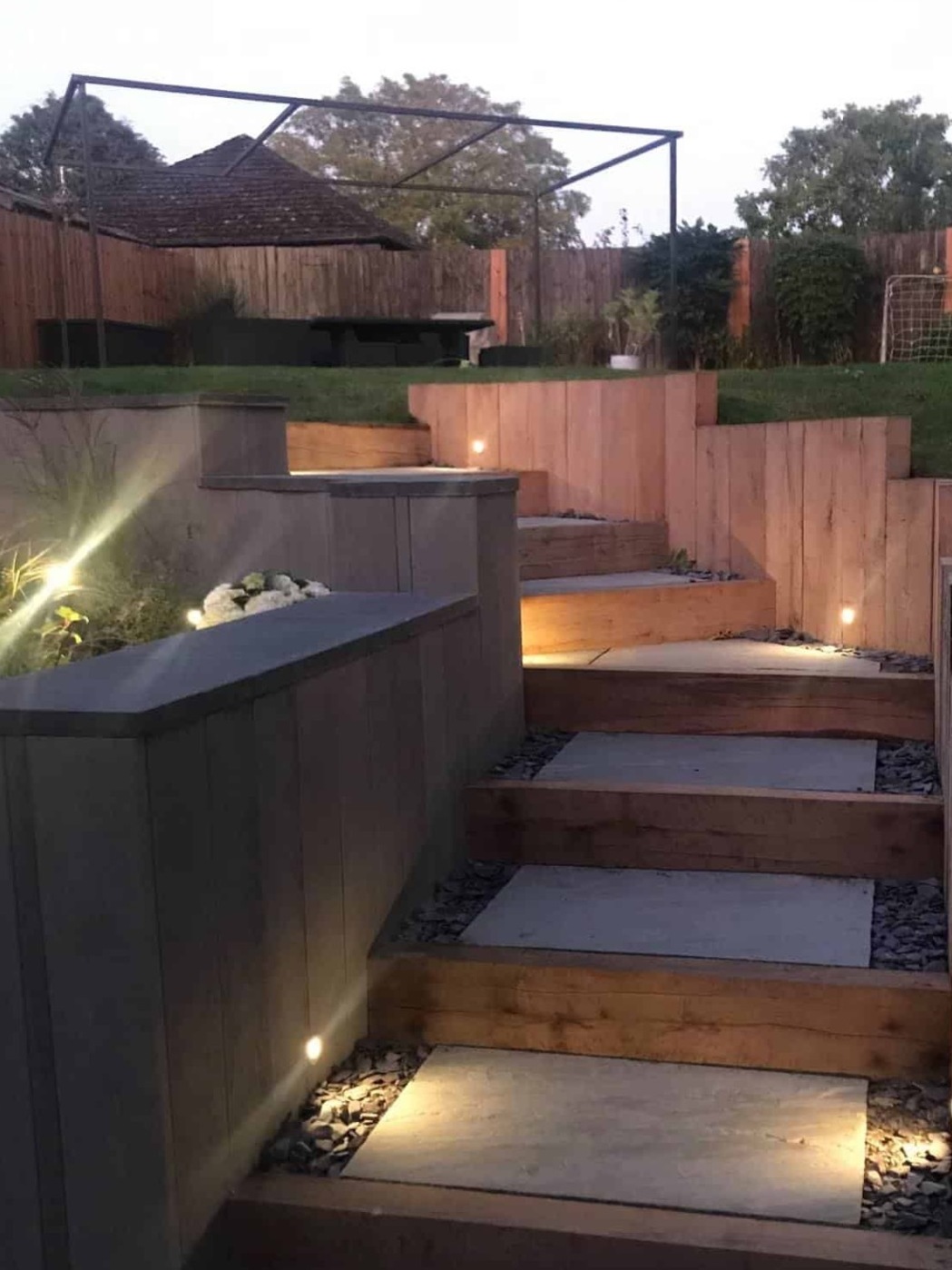
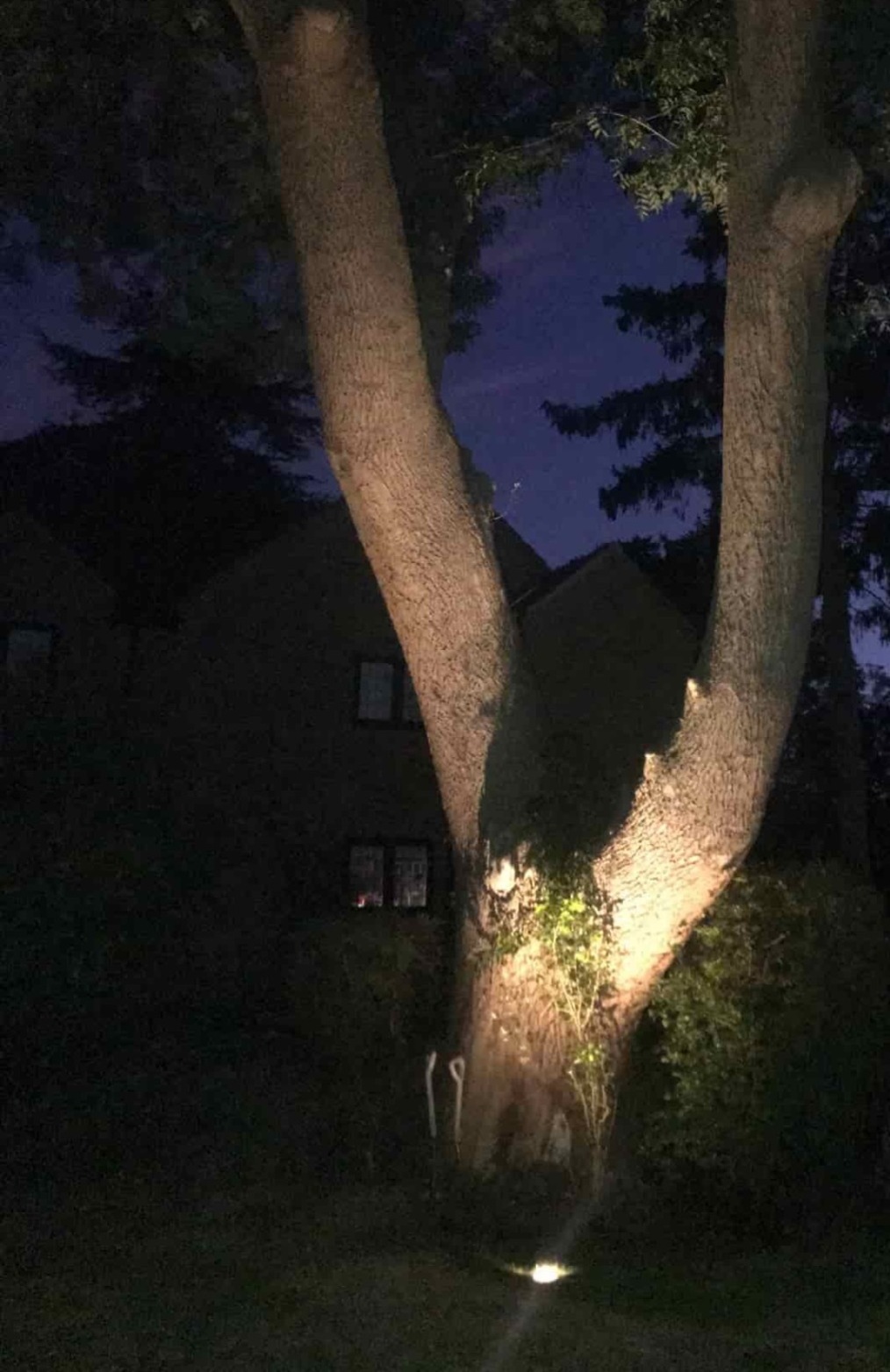

Wall lights - wall lights are practical and can create plenty of atmosphere. Garden wall light fittings come in all shapes and sizes and, carefully positioned, they can create layers of light which can be very effective.
They can also highlight different parts of your garden to show-off paths or features to create an overall effect.
You can also use your wall lights at different heights and angles, including downlights and uplights, for subtle results.
Designer touches - there are also some very interesting contemporary designs, such as adjustable pillar lights in different finishes, that can give a wash of light across your plants or walls.
Pathways - path lights can prevent trips and falls and show visitors around your garden too. There are even safe and easy LED strip lights that are ideal for the job.
Make lighting part of your garden plans – if you’re planning a garden makeover, you can include lighting features to make the most of your design.
You can light featured planters, arches and doorways, for example, to make a real statement.
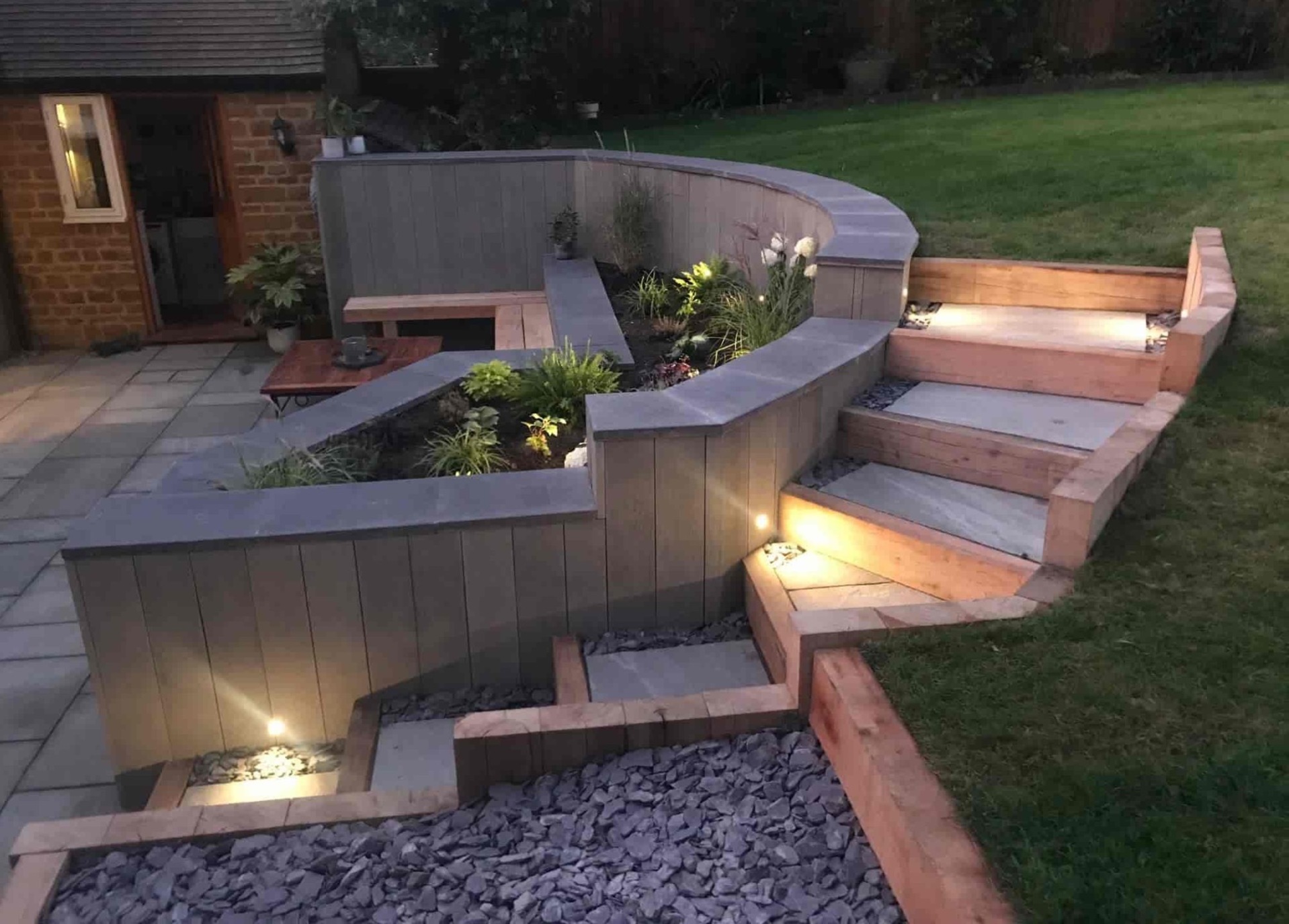
If you’re including a water feature there are also some very good water-proof lighting options for your ponds, waterfalls and fountains.
You can also use outdoor mirrors to reflect your lights and make your garden seem much larger at night.
Electrical safety outdoors
Electrical work in gardens in England is no longer covered by Part P of the building regulations, so you don’t have to notify your local building control department.
However, because your garden’s electrical installations are exposed to the weather, it’s important to make sure your lighting is safely installed by a qualified electrician. Your cabling must be secure and protected from wildlife, mowers or the garden shears.
All outdoor electrical equipment, including lights, must be designed for use outdoors and be installed according to the manufacturer’s instructions. You should regularly check for signs of damage and, while there aren’t any rules about inspection and testing of your garden lighting, it would be a good idea to have a professional check at least every 10 years.
For more information about garden lighting design and installation please get in touch.
Agricultural electrics
10/08/20
Farmers are looking for new ways to make use of their empty buildings. Many are letting them to businesses looking for alternative accommodation after the coronavirus outbreak. That’s why we have been busy with electrical installations in farm buildings over the last few months.
The building shown here is brand new, so full power and lighting throughout was needed. It was all finished in just a few days, from lighting design at the very start to NICEIC sign off on completion.




Electrical installations in agricultural and horticultural locations have some special requirements because of the increased risks of electrical shock in exposed outside conditions.


Electric sockets
To reduce the risks electric sockets must have additional protection from a properly rated residual current device (RCD). Sockets shouldn’t be overloaded, so make sure you install plenty.
Electrical switches
Ideally, there should be an easy-to-access and clearly identified switch near each item of fixed machinery so that power can be turned off quickly and safely in an emergency.
Buried cables
Where cables are buried in the ground they need to be carefully routed and buried at a depth (normally at least 600mm) that will reduce the risk of disturbance or damage, including by rodents.
All buried cables should be marked by cable covers or marker tape.
Armoured cables and cables with an earthed metal sheath suitable for use as a protective conductor can be buried directly in the ground without further protection.
Non-armoured buried cables should be installed in a conduit or duct to provide protection against impact and plastic coverings can help to protect against corrosion.
Surface-fixed cables
These need to be fixed to permanent structures, but not timber fences because wood preservatives can damage the cable sheath and they are unlikely to be rigid or long-lasting enough to meet the requirements of the regulations.
They shouldn’t be exposed to sunlight for long periods unless they have black thermoplastic (PVC) cable sheaths, for example.
If you would like to know more about electrical installations in agricultural settings, please get in touch.

Contactless light switches
29/07/20
During the coronavirus outbreak we’ve all become much more aware of risks of infection in ‘high traffic’ and ‘high contact’ areas.
This includes areas where a lot of people will be touching door handles, stair rails and light switches, for example.
We are told that coronavirus can live on surfaces for hours, so light switches in busy areas are one of the ways it could be transmitted. One clever option to minimise the risk of infection is ‘contactless light switching’.
Lighting options to reduce infection risks
One way to reduce the risk of infection is to install automatic motion sensors that switch on when you enter a space with timers to turn lights off if there isn’t any movement after a set time.
We’re used to these for our outside security lights, but they can be effective inside too. You can even have sensors that respond to sound.
There are also small but perfectly formed individual light switches that you don’t have to touch. They will fit inside most commercially available aluminium profiles. You can just move your hand within around 5cm to turn your lights on and off.
Contactless light switching is a good option for businesses and for public buildings like schools, meeting halls and entertainment venues.
Energy savings - an added benefit
Occupancy sensors and motion detectors can also help to reduce energy bills, making sure that lights are only turned on when they’re needed. Combined with energy efficient LEDs they can help you to make significant energy savings.
It’s estimated that the use of motion sensors in commercial buildings can save up to 30% of energy costs.
While motion sensors are probably most effective in large buildings, they can also be useful at home. They can be used to light only the parts of a large room that are in use and can switch on lights in advance as you move around your home. They can also be used over counters and work surfaces when you’re using them but will stay switched off when the area isn’t being used.
Please contact us if you would like to know more about contactless light switching and energy efficient lighting.
Grants for home energy saving
13/07/20
The government says it will provide vouchers worth up to £5000 to homeowners in England for insulation and energy saving improvements.
What is the Green Homes Grant?
The £2billion initiative is due to launch in September. It’s known as the Green Homes Grant and is intended to help improve the energy efficiency of existing houses and other buildings.
The plan is to help reduce energy bills and to create more than 140,000 jobs in the energy efficiency sector. It’s part of longer-term green investment plans for net-zero carbon emissions.
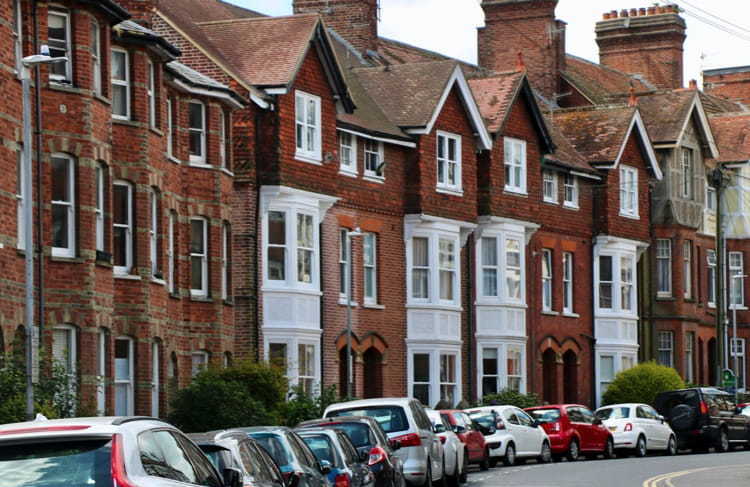
These home improvements should contribute to the government’s aim to see all our homes meeting energy performance certificate (EPC) Band C by 2035.
Insulation in public buildings such as schools and hospitals and replacement low-carbon heating for social housing are also included in the government’s plans.
How will the Green Homes Grant work?
For most homeowners, the vouchers will be worth about two-thirds of the cost of the energy efficiency improvements, up to a maximum of £5,000. So, for example, for an approved £4,000 project you would pay about £1,320 and the government would pay the remaining £2,680.
Although the details of the scheme haven’t yet been released, an online application process is expected. It’s unclear how long it will take for grants to be approved and whether you will have to wait for your vouchers before starting work.
You might have to agree to undertake a package of home improvements to qualify for the grant. Currently it’s expected to include:
loft and floor insulation
new efficient boilers
double- or triple-glazed windows
energy-efficient doors.
Good quality energy efficiency installations
It will be important to make sure that any energy saving changes you make are professionally and correctly installed by accredited professionals who will meet required standards.
The government says you can spend the grant with ‘local accredited suppliers’ but hasn’t yet said who these will be or how you will find them.
If you are thinking of energy efficiency improvements for your home, we will be happy to give you some advice, so please get in touch.
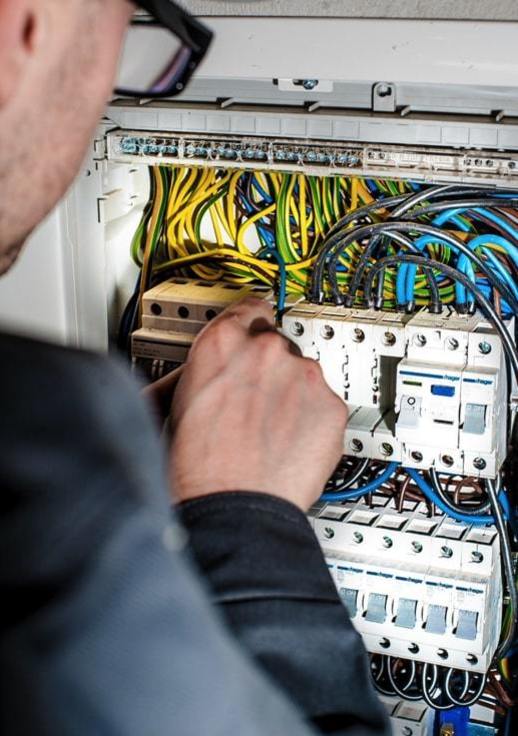
Approved contractors for landlords and their agents
15/06/20
Some welcome help is available for landlords and their agents as they prepare for the new private rental sector (PRS) legislation, which comes into effect on 1 July.
A Government-endorsed register will help landlords and their agents find competent electrical contractors to complete the new electrical safety checks required for privately rented properties in England.
The National Inspection Council for Electrical Installation Contracting (NICEIC) is inviting its Approved Contractors to join the register.
What landlords must do
Under the new legislation, private landlords must make sure their properties meet the required standards for electrical installation testing at least every five years.
The Competent Persons Electrical website allows you to search for qualified electrical contractors able to undertake these electrical safety checks.
To be registered, contractors must confirm they meet all the requirements, which include:
• having the correct professional qualifications
• meeting the best practice guidelines as set out by Electrical Safety First
• holding professional indemnity insurance cover.
Why contractors should opt into the register
The NICEIC wants to make sure all registered contractors are fully aware of their obligations under this new scheme. By adding an extra layer of registration, the Council is supporting the aims of the PRS legislation to improve electrical safety.
Not all electrical contractors work in the private rental sector but giving them the option to register will help landlords and their agents to find a qualified NICEIC contractor for the job quickly.
NICEIC contractors operating under the Approved Contractor scheme, like MSE, automatically meet the professional qualification criteria for the Competent Person Electrical Register.
Contractors who are registered under the NICEIC domestic installer scheme (DIS) and ELECSA Part P scheme will need to take some extra steps to qualify.
Please contact us if you need to arrange electrical inspections for your rented properties.
Ready to work safely
08/06/20
1. Risk assessment
We have taken a very careful look at the different types of work we do and have followed HSE guidance.
We have put measures in place to keep our customers and the team safe. This includes, where appropriate, distancing, protection and cleaning.
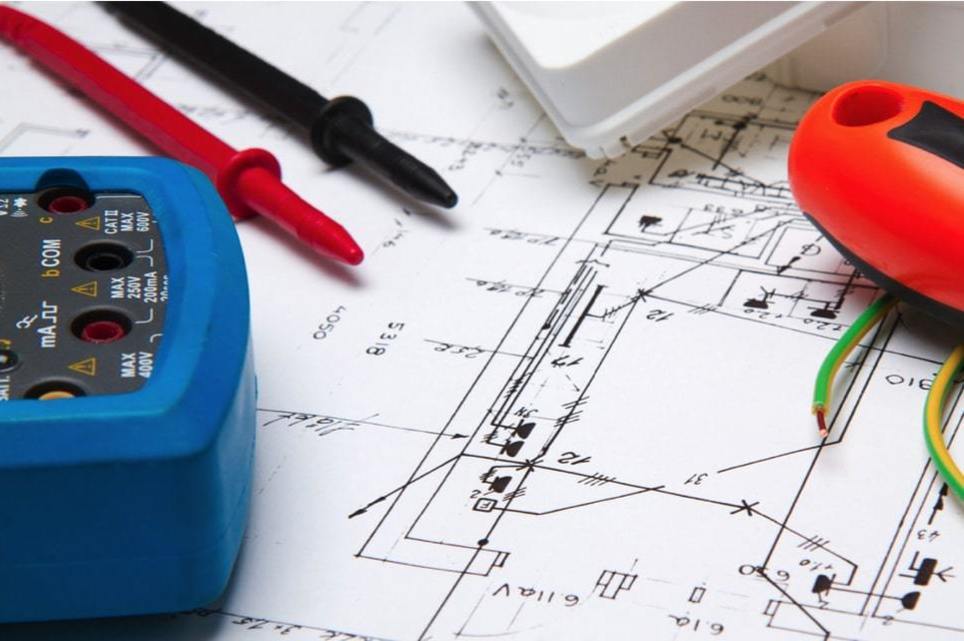
2. Questioning
To keep the length of our visit as short as possible we will need to ask more questions than normal beforehand. This will help us to make sure we have the right equipment and parts and can work safely. You can send us pictures or videos so that we can see exactly what is needed.
We will also need to confirm that no one at the site has any symptoms, is self-isolating or shielding.
3. Cleaning
We will be providing our teams with personal protective equipment (PPE) and cleaning products and will wash our hands and, where needed, change protective wear and sanitise equipment between visits.
4. Distancing
Wherever possible we will aim to stay two metres away from you when we visit. We might therefore ask you to stay in a separate space while we complete the work.
If social distancing while we are at your workplace isn’t practical we will be happy to discuss out of hours arrangements.
5. Refreshments
Many people kindly offer a hot or cold drink when we visit them, which we would normally be very happy to accept. However, we hope you won’t mind if we decline these offers for the time-being.
6. Payments
As always, we will send you an invoice with our bank details after your work is complete, so you can pay electronically. There’s no need to worry about cash or card payments.
Staying safe
Business owners are advised to take a ‘pragmatic and proportional’ approach to inspection and testing, but you will still need to make sure everything is properly maintained and safe.
Regular checks will be important to look for any faults including overheating or sparks. You should also make visual checks of cables and plugs for any sign of damage.
If you have any concerns about electrical safety turn off the power supply if you can do it safely.
Make sure you don’t risk a shock or burns by touching anything that could be live.
Be aware of the risks of arcing from electrical equipment and installations.
If you have any electrical problems or concerns about electrical safely, just give us a call.

What you should know about DIY home electrical projects
26/05/20
We don’t want to worry anyone, but we have been receiving calls from people who started simple electrical projects during the coronavirus lockdown.
They have now realised that their project wasn’t as simple as they first thought, and they now need some professional help to make sure everything works safely and properly.
So, here are some things we thought you would like to know.
Part P of the Building Regulations
Many people don’t realise that, since 2005, domestic electrical work in England must meet the requirements of Part P of the Building Regulations, even when it isn’t covered by your local Building Control department.
This rule helps to keep people safe from electrical hazards at home. It applies to new houses and to alterations or additions in existing properties, including full or partial rewires.
Enforcement of Part P
In a nutshell, domestic electrical work must be designed and installed to protect people from fire and injury, including electric shocks. It applies not only to people living in the property, but to anyone who might visit too.
As a homeowner or landlord you must be able to prove that any electrical work meets these requirements, or you will be committing a criminal offence. If work doesn’t meet the Building Regulations requirements local authorities can insist that it is altered or removed.
Types of electrical work covered by Part P
Electrical work at home or in its surroundings, such as gardens, sheds and garages, is covered if it includes:
installing a new circuit, even if it is low voltage (typically 230V)
replacing a consumer unit (or old-fashioned fusebox)
alterations or additions to an existing circuit in ‘special locations’ close to baths or showers (within 600mm), and anywhere with a swimming pool or a sauna heater.
What to do if you’re planning electrical work at home
First, you should check whether the work is covered by Part P. If it is, you should employ an electrician who is registered with one of the Government-approved schemes, or make sure you or any non-registered electrician uses a registered third-party certifier. You should tell your local authority Building Control department before you start work.
Safe electrical installations
Electrical work in your home should meet the UK’s national standard, BS7671. If you work with a registered electrician, they can certify their work.
They will provide an Electrical Installation Certificate or Minor Electrical Installation Works Certificate that confirms the work meets the standard.
They will also provide a Building Regulations Compliance Certificate that confirms the work meets the requirements.
Work completed by people who aren’t registered electricians
If you or someone who isn’t registered as a competent person does the work, a registered third-party certifier should be notified in advance and contacted within five days of the work being completed.
The certifier will carry out electrical inspection and testing so that they can complete either an Electrical Installation Condition Report (based on BS 7671) or provide a report specifically covering the requirements of Part P. They will give their report to you.
You can use the Electrical Safety First website to find a local registered electrician.
If you are planning any electrical work in your home, we will be happy to give you advice; just give us a call.




